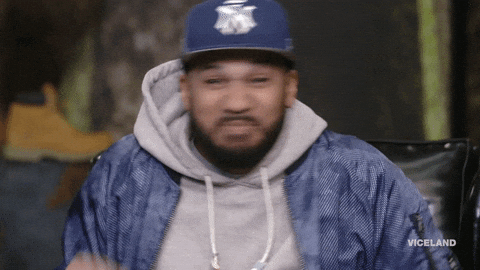In the digital world, the hero section holds a vital place on a landing page.
In just a few seconds, it must capture the visitor’s attention, communicate the essentials, and prompt action.
This load of information must be digested by the user without cluttering their experience.
This is where design principles come into play, to make this process smooth and effective.
Let’s get started! 🚀

1. Capture Attention Immediately
The primary role of a hero section is to capture attention.
This involves relevant images that highlight the value proposition, clear and visible typography, a catchy and clear message, guarantees, etc…
Clarity and differentiation must prevail so that the user immediately understands the value proposition and the benefit they will gain.
2. Align Design with User Goals
Design should not just be beautiful; it should align with your market.
Colors have meaning, as well as fonts.
Take care to study your market’s codes well to be “aesthetically” aligned with it.
For example, if you talk about nature and well-being but use a very dark aesthetic with a gothic font, your visitor will be confused and may leave.
3. Simplicity and Elegance
A hero section must be clean and distraction-free.
A complex design risks losing the user.
Set up an easy-to-navigate structure with hierarchical elements, breathing room, and sufficient contrast to highlight important points.
4. Create a Visual Magnet
A good design is one that guides the user where you want them to go.
The eye is drawn to contrasts, bright colors, large texts, etc…
Play on these elements to highlight the right things: your title, your image, your call to action.
To know if the visitor’s gaze will be attracted to the right things, there is a simple exercise: step back from your page until it blurs (or squint a bit) and see which elements continue to stand out.
This should be the case for your CTA and your title. If not, they are not being highlighted enough compared to the rest of the section.
5. Use Emotional Triggers
Emotional triggers, like an inspiring text or a captivating image, should engage the user in an emotional journey with your product.
Refine your copywriting and images to create emotion in your visitor: curiosity, anger, enthusiasm, etc…
These emotions will make them want to know more and browse your page.
6. Highlight Benefits
Identify what is truly important for your audience, what they seek to accomplish. And make sure your texts and images emphasize it.
When a visitor reaches your landing page, they should immediately understand that what you offer is meant for them.
7. Highlight Your Branding
People want to be associated with brands that share the same beliefs.
To successfully create this kind of association with your audience, highlight your branding: your mission, values, enemy, etc…
8. Encourage Action
The call to action (CTA) button should be a logical and natural continuation of the user’s journey.
It should not seem pushy or aggressive, but rather open a door to the next action, reinforcing the idea that your solution is the obvious next step to resolve their problem.
Conclusion
The Hero Section is the most important part of your Landing Page, take care to work on it thoroughly 😉.


0 comments